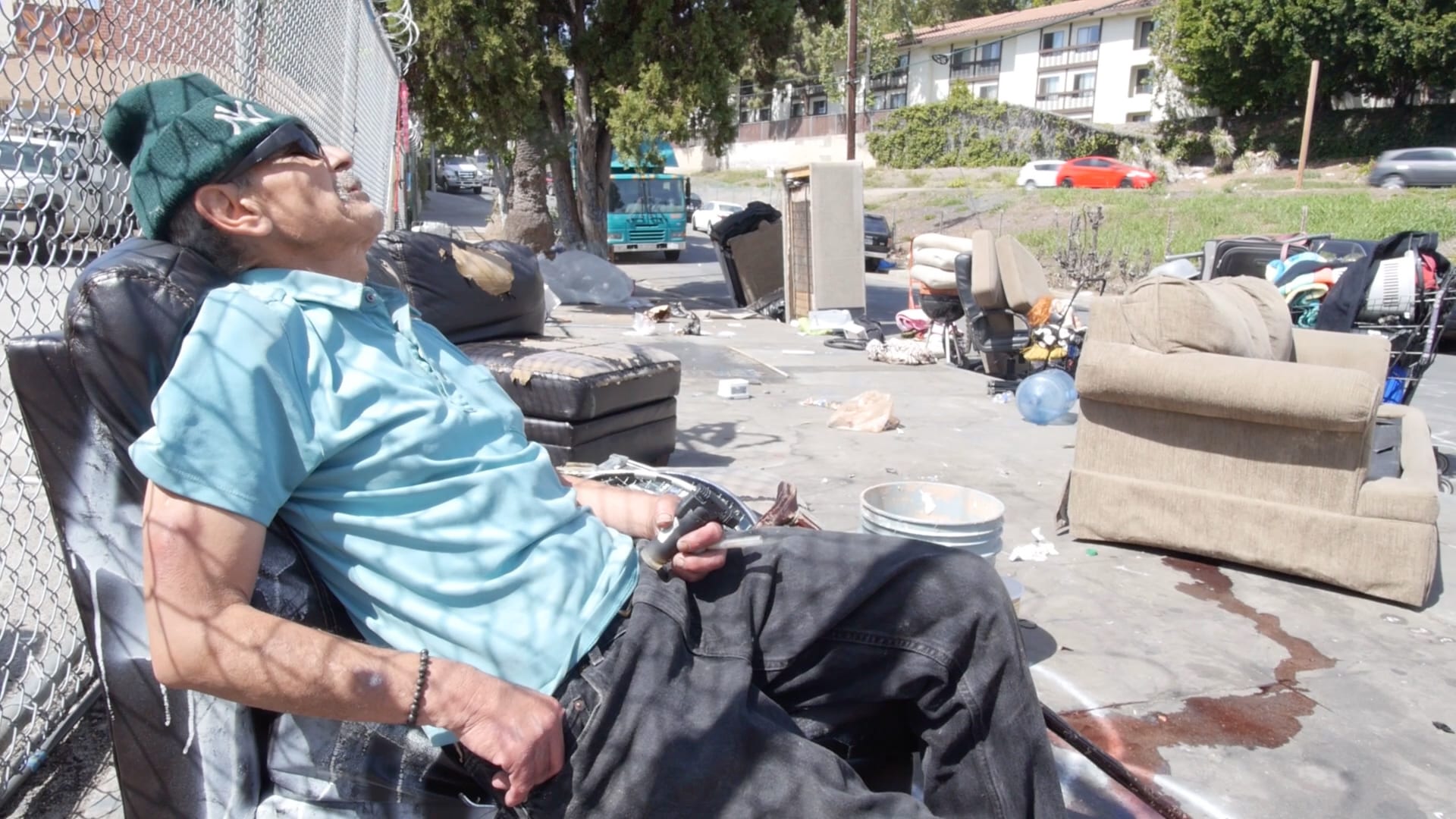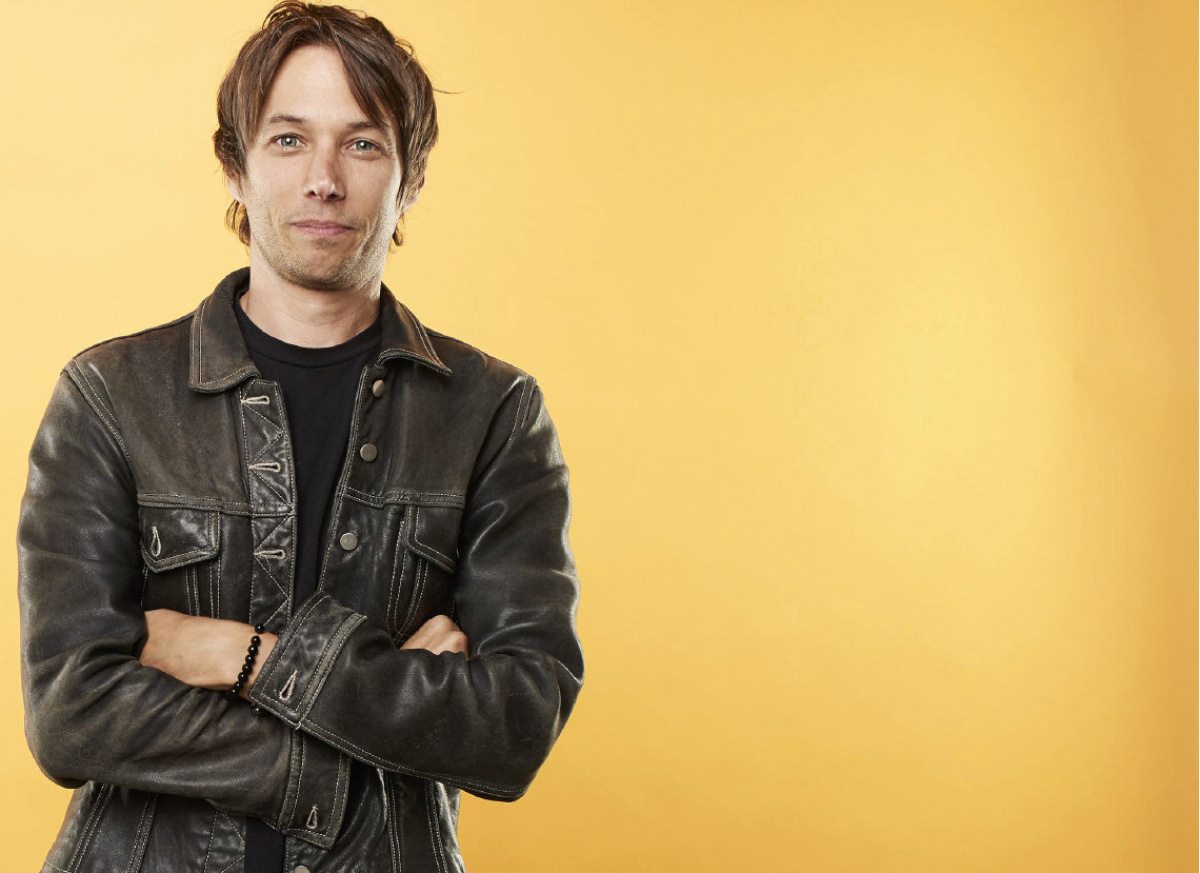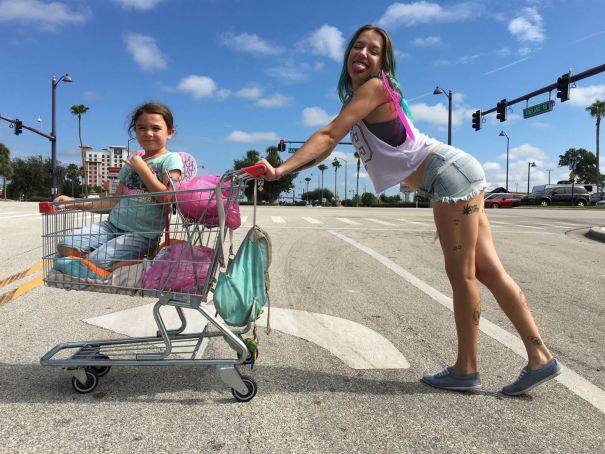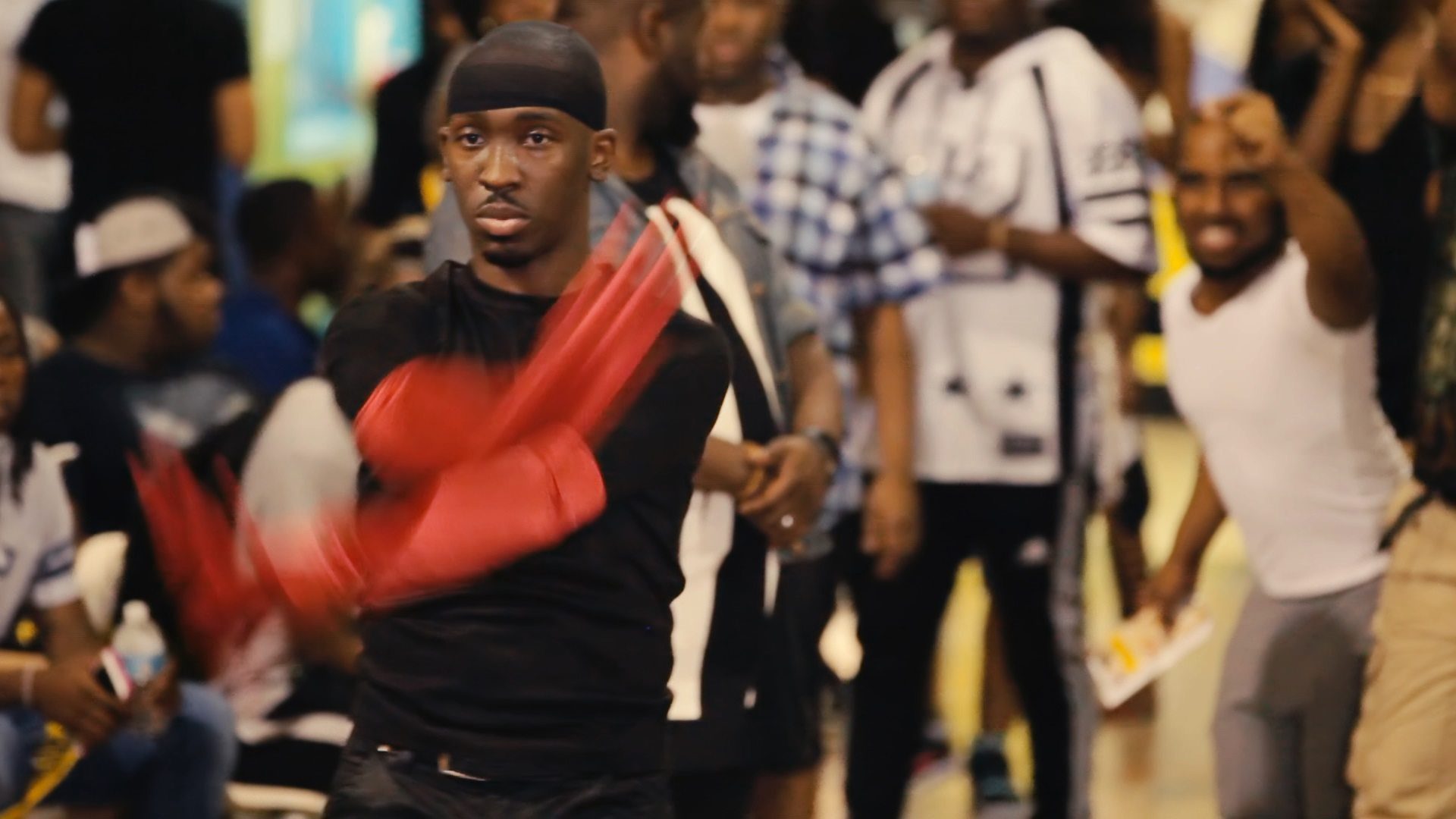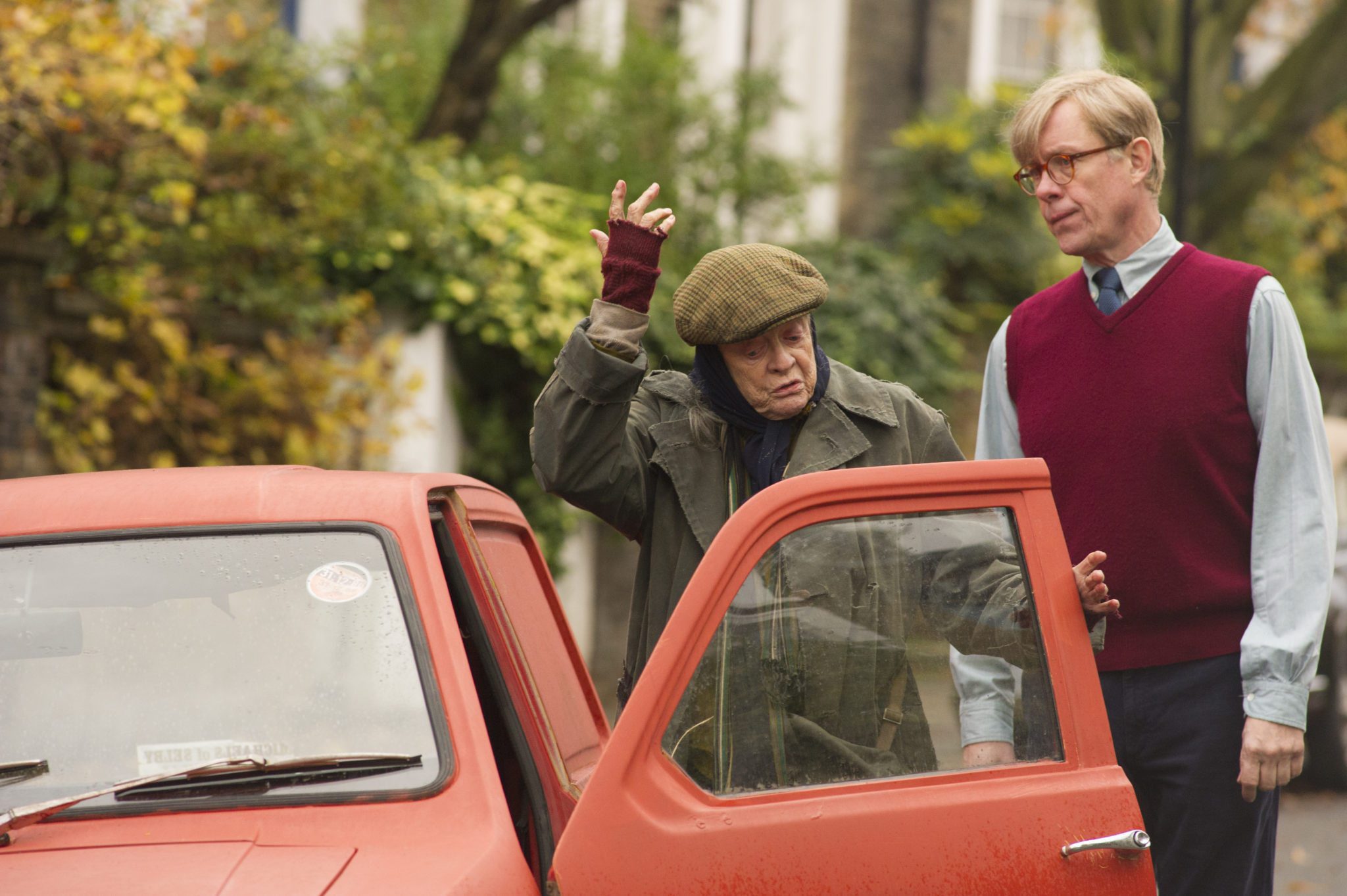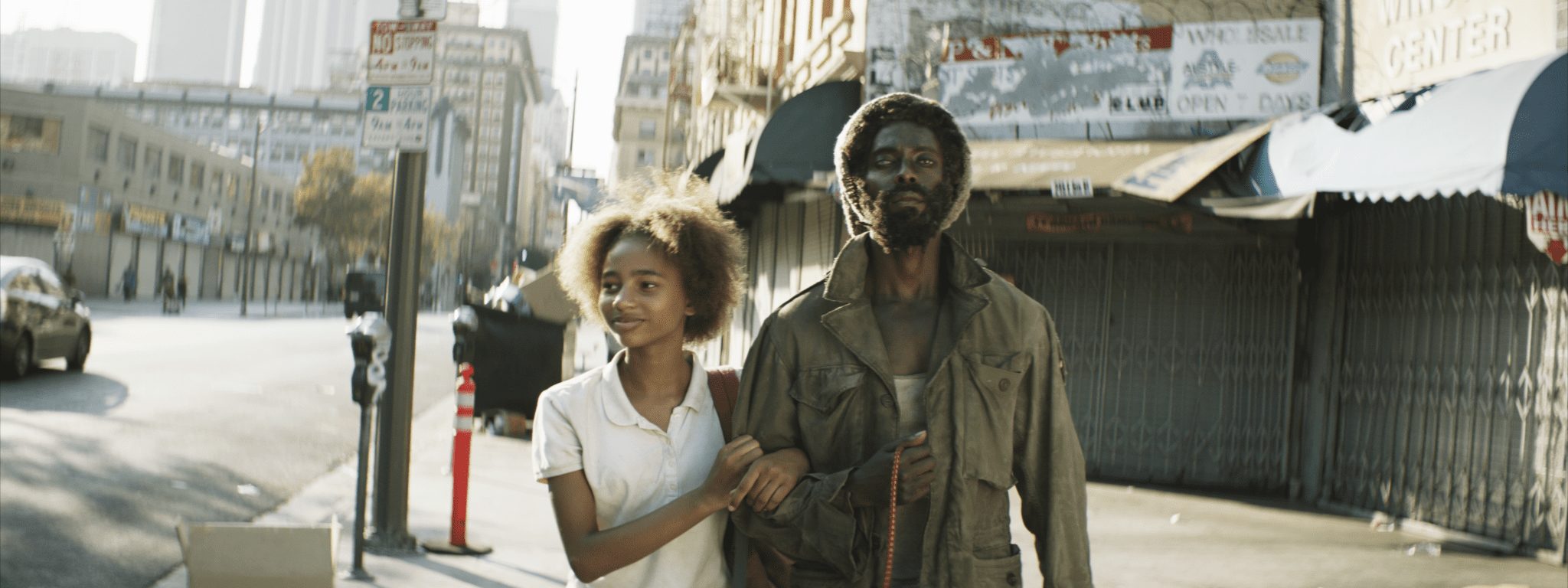
Princess of the Row – Love on Skid Row
In Van Maximillian Carlson?s Princess of the Row, the model of familial loves is boiled down to a teenage girl and the love she has for her father. That may not seem a very difficult concept, but the father in this instance is problematic. Alicia (Tayler Buck) has been bouncing around the foster care system….

